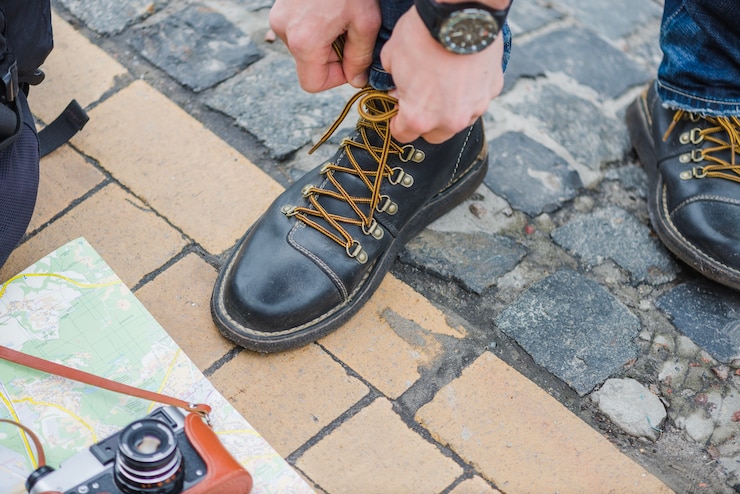Sound deadening, also known as noise control or soundproofing, refers to the process of reducing or eliminating sounds before they can cause disturbance. It involves applying barriers made of insulating materials that absorb vibrations from noise sources rather than reflecting them. The goal is to lower the transmission of sound from one area or room to another.
Noise pollution can significantly impact our comfort, health, and productivity. Loud or unwanted sounds raise stress levels and disturb focus and relaxation. Prolonged exposure to high decibel levels has been linked to hearing loss as well as non-auditory health effects. That’s why Sound Deadening is so important across several industries. In automotive applications, it improves the driver and passenger experience on the road. For aviation and heavy machinery, it helps reduce noise-induced fatigue. In construction, acoustic insulation ensures peaceful living and working conditions.
The entertainment industry also relies heavily on sound control. Recording studios, musical instrument manufacturers, and performance venues employ strategic soundproofing to achieve optimal sound quality. With noise sensitivity on the rise, the ability to suppress, block, or absorb ambient noise is crucial for applications ranging from home theaters to industrial facilities. The growing emphasis on workplace wellness has further increased demand.
Popular Sound Deadening Materials
There are several common materials used in sound-deadening applications:
Mass Loaded Vinyl (MLV):
One of the earliest soundproofing materials, MLV has a thin flexible vinyl skin filled with lead shots or barium sulfate. It is highly effective for blocking the transmission of low and mid-range frequencies. MLV is commonly used under flooring or on walls.
Dynamat:
Made of bitumen and polymers, Dynamat is a popular damping material for vehicles. It sticks directly to metal surfaces to reduce structure-borne noise. Dynamat absorbs vibration energy rather than reflecting it back.
Soundproof Foam:
Polyurethane or polyether foams come in various densities for desired sound absorption. Lighter densities are used against walls while thicker varieties handle lower frequencies. Foam panels are affordable and easy to install on surfaces.
Glass Wool:
This consists of fine glass fibers that provide excellent insulation against noise, heat, and cold. It functions as a Soundproof Barriers in walls, attics, and other spaces. Glass wool must be covered for fire safety.
Spray Foam Insulation:
Specifically for sealing gaps and cracks, acoustic sealants like spray polyurethane foam fill and insulate openings that let the noise pass through. This improves noise blocking in walls, Attics, basements, and other structures.
Here are some key advantages of using Mass Loaded Vinyl:
Effective at blocking low frequencies:
The particles added to the vinyl give it extra mass, which allows it to effectively absorb and block low-frequency sounds between 50-200 Hz. These low frequencies are difficult for many materials to control.
Durable:
MLV panels are durable and long-lasting. The vinyl skin protects the inner loading material so it doesn’t deteriorate over time like some acoustic products. This makes it a cost-effective choice.
Easy to install:
MLV comes in lightweight, flexible panels that are simple to attach using adhesive or mechanical fasteners. It conforms to uneven surfaces easily. This user-friendly installation process saves time and labor costs.
Non-toxic:
The loadings used in MLV, such as lead or barium sulfate, are dense yet stable materials that don’t emit gases or leach elements like other toxic soundproofing options. This receives many safety certifications.
Stops transmission:
Rather than just absorbing sound, MLV creates an effective barrier that greatly reduces the transmission of noise through walls, floors, ceilings, and other building elements.
Improves existing structures:
It can be added to the inside of walls, attics, or other spaces without major restructuring for effective soundproofing. This makes MLV a cost-saving retrofit option.
Performance:
- A half-inch thick panel provides approximately 20-30 dB of noise reduction across its effective frequency range.
- Proper installation is critical for maximizing sound blocking. MLV must make complete contact with no gaps or air pockets.
Cost Effectiveness:
- More affordable initially than other high-end soundproofing materials.
- A long lifespan of 20+ years with minimal deterioration means it saves over alternative frequent replacements.
Safety:
- Lead-free varieties are now available for environments like schools and hospitals where toxicity is a concern.
- New polymeric and microsphere-loaded varieties perform nearly as well as conventional lead formulations.
Here are the key steps for installing Mass Loaded Vinyl (MLV) panels for soundproofing:
Surface Prep
Ensure mounting surfaces are dry, clean, and smooth. Fill any large holes or gaps.
Measure and Cut Panels
Use a utility knife to carefully cut panels to fit walls, ceilings, or floors. Allow at least 1-2 inches of excess for sealing edges.
Apply Adhesive
Spread construction adhesive on the back of panels in vertical columns 8-10 inches apart. Use a 1/4-inch notch trowel or similar.
Mount Panels
Carefully place panels onto the prepared surface and smooth out any air bubbles or wrinkles manually. Roll or weigh down to set the adhesive bond.
Seal Seams
Apply acoustic sealant onto panel edges and any seams where they meet other surfaces. Foam sealant is commonly used.
Multiple Layers
For high noise reduction, install panels in two perpendicular layers with a slight offset of seams between.
Wire and Pipe Penetrations
Seal around any penetrations passing through panels using an acoustic sealant.
Finishing – Install a secondary barrier like drywall over MLV for a finished look. Decorative trim conceals rough edges.
The main tools and equipment needed for installing Mass Loaded Vinyl (MLV) soundproofing panels include:
Utility knife – For carefully cutting panels to fit spaces. Replace blades often.
Tape measure – To accurately measure wall, floor, and ceiling surfaces before cutting panels.
Caulk gun – For applying acoustic sealant around panel edges and seams.
Notch trowel – A 1/4″ square notch steel trowel for spreading adhesive in columns on panels.
Roller – To press panels firmly against the mounting surface after adhesive application.
Putty knife – Helps smooth out any wrinkles or air bubbles under panels.
Drill – With mixers or paddles for stirring large volumes of acoustic sealant.
Ladder – For installing panels on high walls and ceilings.
Respirator mask – When cutting material or sealing. MLV produces fine dust until sealed.
Safety gear – Gloves to protect from adhesives and cutting blades. Knee pads for floor installs.
Inspection tools – Flashlights, and mirrors to check the quality of sealed edges and backing.
Best Site: blogozilla.com



